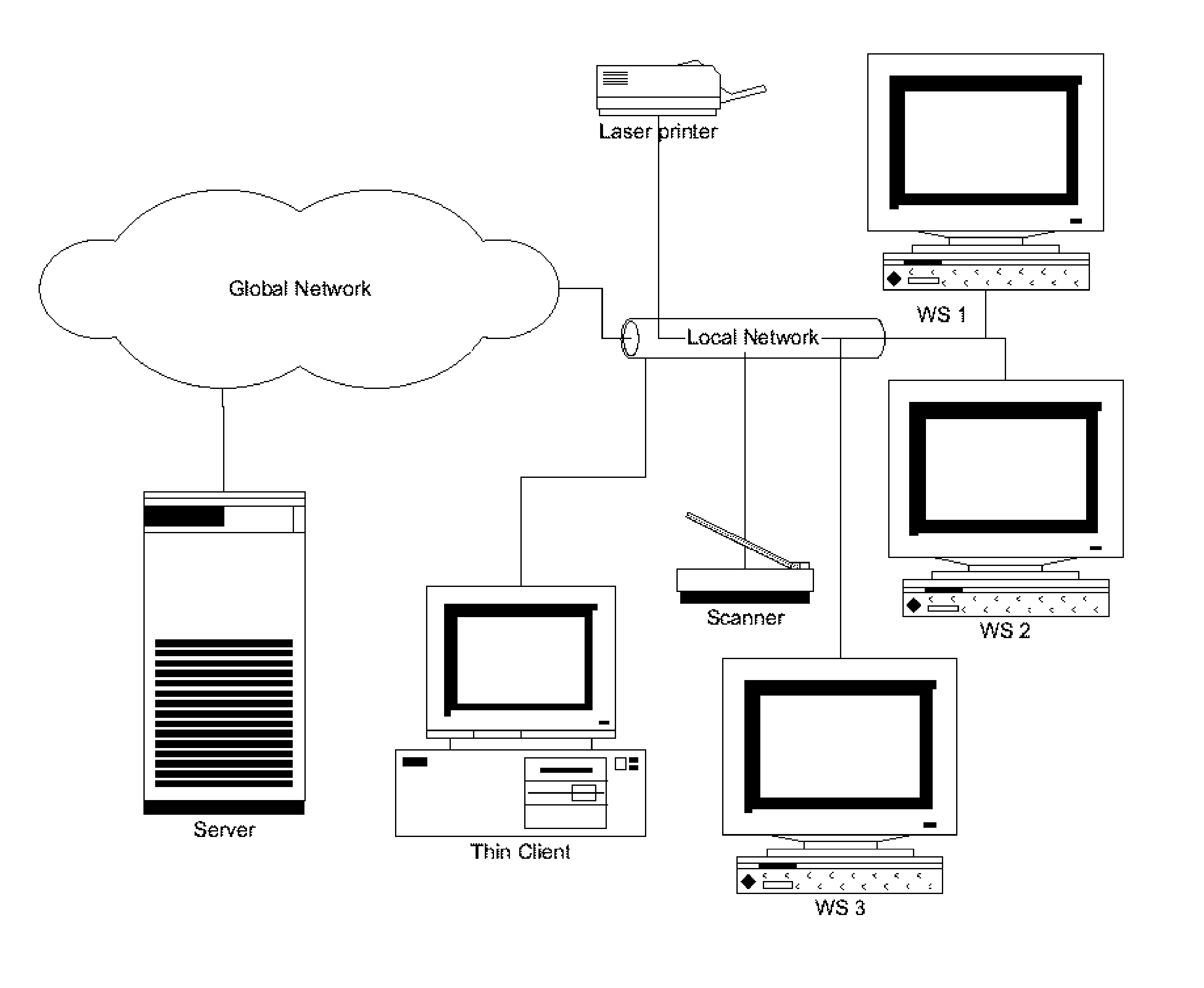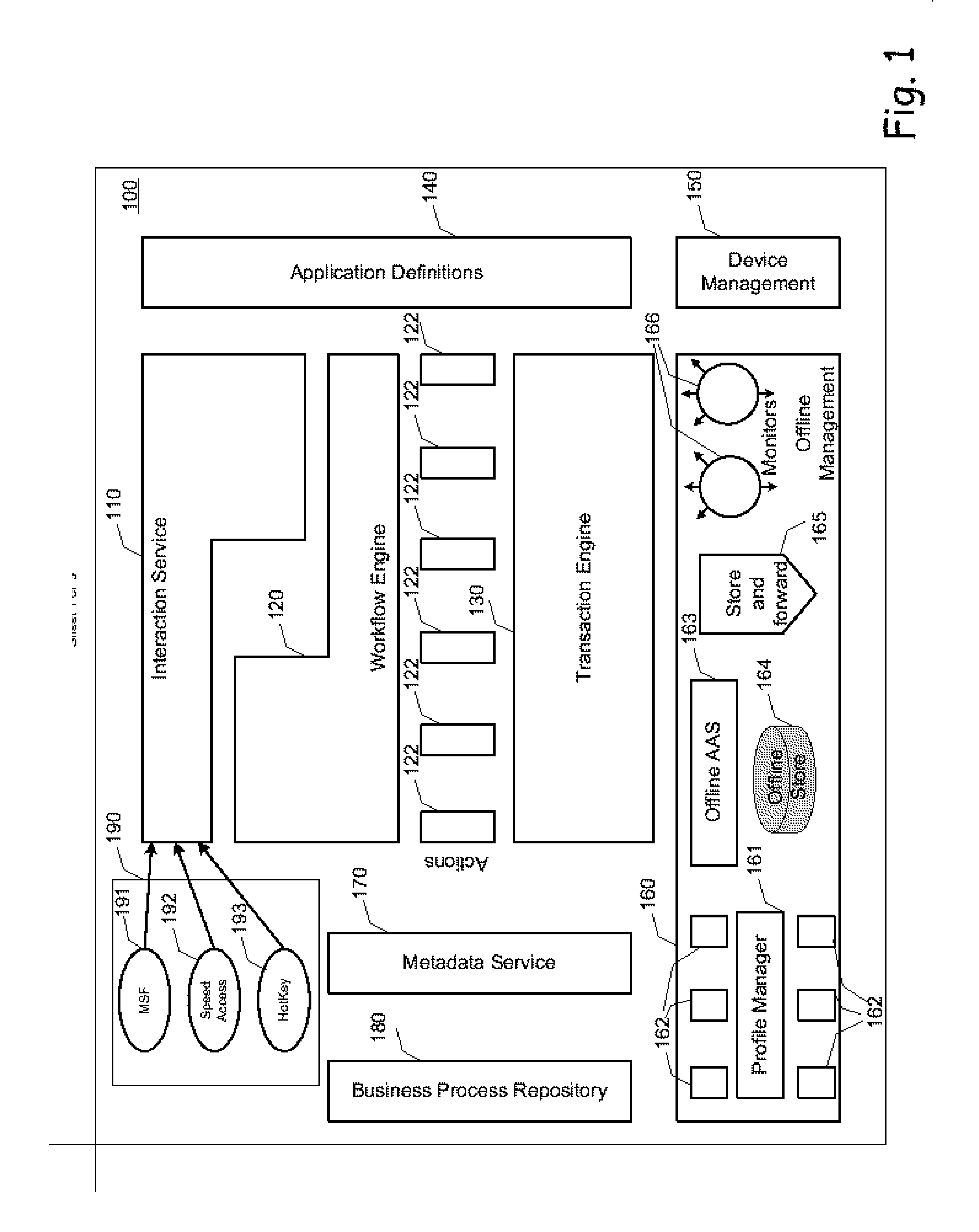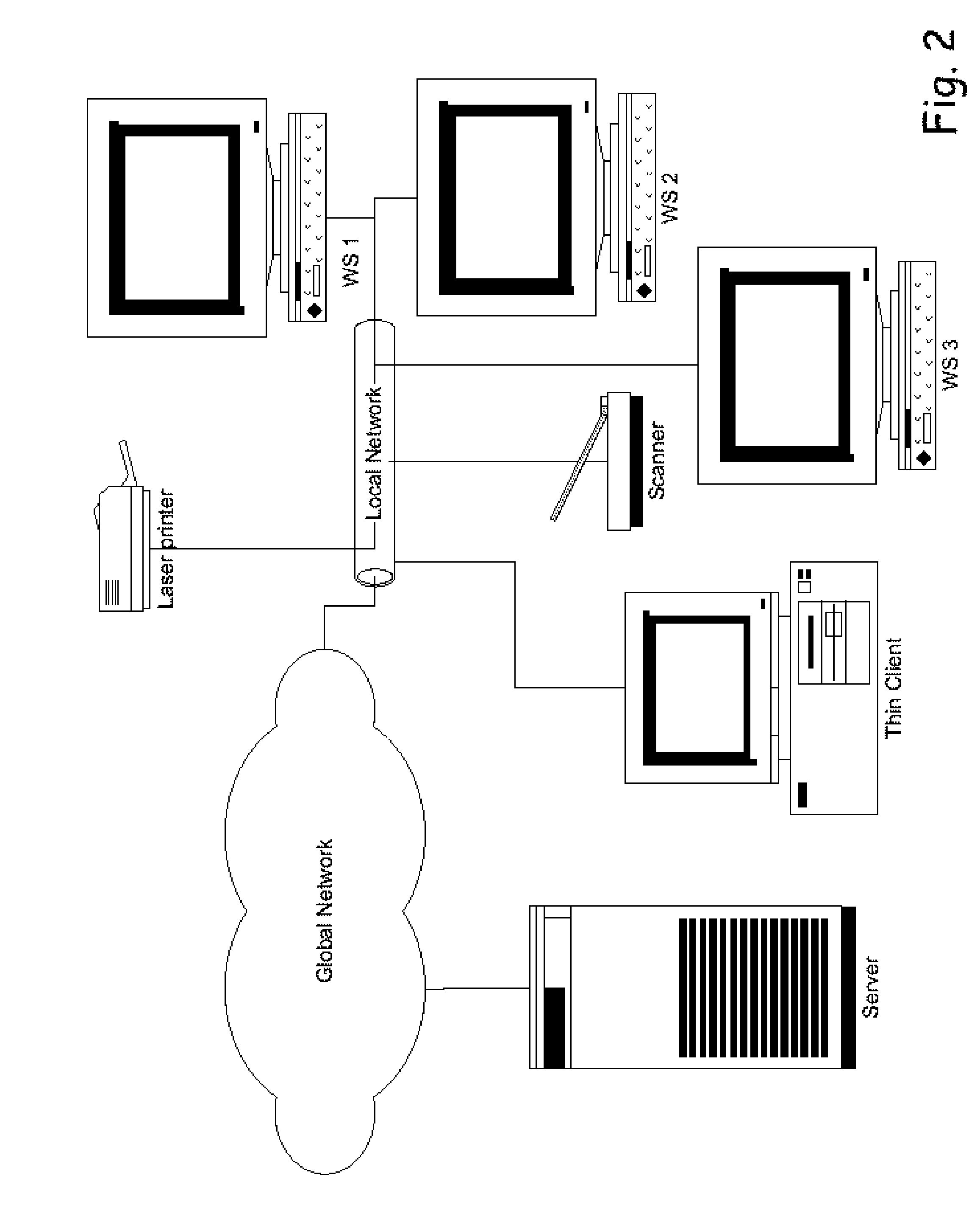Client platform architecture
a client platform and client technology, applied in computing, data processing applications, buying/selling/leasing transactions, etc., can solve the problems of rich clients carrying substantial maintenance costs, many additional problems, and the deployment of distributed computing is quite evident, so as to achieve cost reduction, save a bank a substantial sum of funding, and achieve cost reduction.
- Summary
- Abstract
- Description
- Claims
- Application Information
AI Technical Summary
Benefits of technology
Problems solved by technology
Method used
Image
Examples
Embodiment Construction
[0049] The aspects of the present invention are directed towards providing a smart client that enables the merging of functionality and off-line capabilities available for rich-client platforms with the ease of upgrade and maintenance available for thin-client platforms. In addition, aspects of the present invention allow for the integration of an ASP type model into an environment, such as a banking environment, in which the overall architecture of an ASP type model is not directly suitable due to, among other things, the lack of security and the round trip data delivery lags due to interfacing to a server. Additionally, aspects of the present invention facilitate the provision for the deployment of mission critical applications onto remote, front end, workstations. Thus, the present invention enables a front-end workstation to operate in an ASP type model in which the application programs can be seamlessly loaded into the workstation in such a manner that the workstation can retai...
PUM
 Login to View More
Login to View More Abstract
Description
Claims
Application Information
 Login to View More
Login to View More - R&D
- Intellectual Property
- Life Sciences
- Materials
- Tech Scout
- Unparalleled Data Quality
- Higher Quality Content
- 60% Fewer Hallucinations
Browse by: Latest US Patents, China's latest patents, Technical Efficacy Thesaurus, Application Domain, Technology Topic, Popular Technical Reports.
© 2025 PatSnap. All rights reserved.Legal|Privacy policy|Modern Slavery Act Transparency Statement|Sitemap|About US| Contact US: help@patsnap.com



